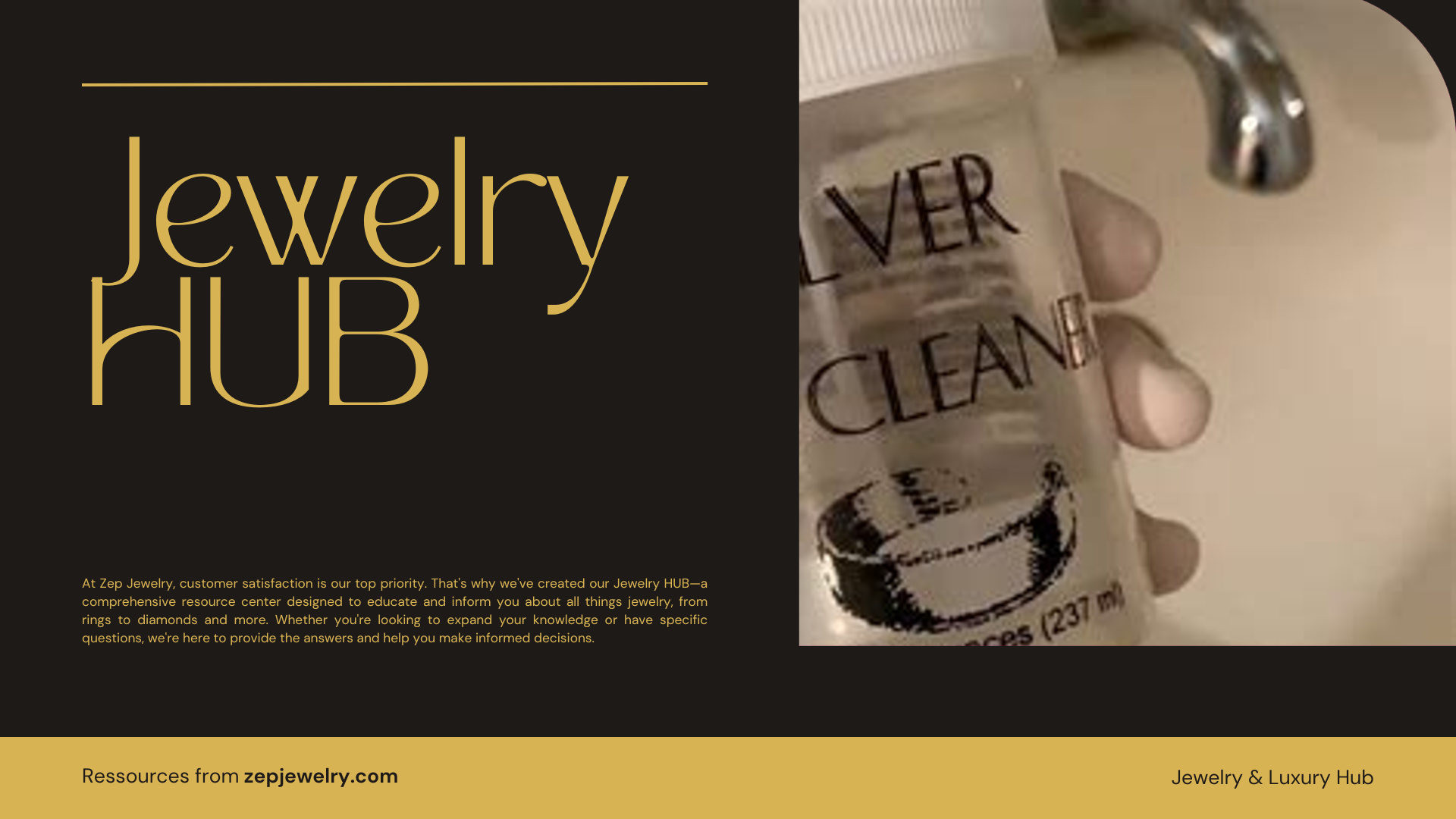Have you ever wondered how those sparkling jewels seem to regain their luster as if they were just plucked from the display case? Enter the world of ultrasonic jewelry cleaners, the unsung heroes of sparkle restoration. These clever devices utilize high-frequency sound waves paired with specialized cleaning solutions to meticulously cleanse even the most intricate pieces. At the core of this magical process is a transducer that emits sound waves, conjuring microscopic bubbles that go to work scrubbing away grime. Join us as we delve deeper into the science behind this brilliant cleaning method, revealing the secrets to keeping your treasures dazzling.
How do ultrasonic jewelry cleaners work?
Ultrasonic jewelry cleaners are remarkable devices designed to rejuvenate your jewelry with precision and efficiency. They operate by harnessing high-frequency sound waves that work in tandem with specially formulated cleaning solutions.
The process begins with a transducer located at the bottom of the cleaning tank. This transducer emits sound waves that create high-frequency vibrations within the solution. As these sound waves travel through the liquid, they generate microscopic bubbles, a phenomenon known as cavitation. These bubbles grow in size until they eventually burst upon contact with the jewelry. The effect is akin to a gentle yet powerful scrubbing action, which effectively dislodges dirt, oil, and various other contaminants that accumulate on your precious items.
One of the key benefits of using an ultrasonic cleaner is its ability to reach every nook and cranny of your jewelry, where manual cleaning might struggle. This includes intricate settings that house gemstones, where residues and grime tend to build up unnoticed. The result is a bright, polished appearance that restores the brilliance and beauty of your pieces, making them look nearly as good as new. Moreover, ultrasonic cleaners are effective for a wide variety of materials, although it’s important to note that some delicate stones and vintage pieces may require special care or should be cleaned professionally.
For the best results, ensure that you are using an appropriate cleaning solution specifically designed for ultrasonic jewelry cleaning. Understanding what your jewelry is made of will help you avoid any potential mishaps, such as damaging softer stones like opals or pearls. When performed correctly, ultrasonic cleaning can be a convenient and efficient way to maintain the sparkle of your favorite jewelry.
What types of jewelry can be cleaned with these solutions?
Generally, jewelry made from materials such as gold and sterling silver can be cleaned at home using ultrasonic cleaners. However, more delicate items, like those that contain opals, pearls, or certain antique pieces, should be cleaned by professionals to prevent any potential damage. Additionally, while gemstones like diamonds and sapphires can be safely cleaned with ultrasonic solutions, it’s crucial to understand each material’s vulnerabilities before selecting a cleaning method.
Are there any risks associated with using ultrasonic jewelry cleaners?
Yes, there are specific risks when using ultrasonic cleaners. Certain gemstones can be damaged by the intense vibrations or may lose their coatings during the cleaning process. For instance, most synthetic stones and gems with delicate finishes should be avoided, as the ultrasonic waves could alter their appearance or structural integrity. Furthermore, older pieces made with traditional techniques may be more sensitive to cleaning methods, warranting a professional assessment before using such devices.
How can cleaning improve the appearance of gemstones?
Cleaning jewelry is essential for maintaining the sparkle and clarity of gemstones. Dirt and smudges can obscure their natural beauty and alter their perceived color, leading to misgrading in some instances. A thorough cleaning removes these contaminants, allowing the gems to shine brightly and enhancing their visual appeal, which is especially important before grading or selling.
How should I prepare my jewelry before ultrasonic cleaning?
Before using an ultrasonic cleaner, you should inspect your jewelry for loose stones or any existing damage. It’s advisable to remove any non-jewelry decorations such as earrings backs if they are susceptible to damage. Additionally, ensure the jewelry is made of materials that can safely withstand the ultrasonic process to avoid any mishaps. If unsure, consult with a professional jeweler for guidance.
What types of cleaning solutions are best for ultrasonic cleaners?
The choice of cleaning solution depends on the type of jewelry being cleaned. Mild soapy water can be effective for many pieces, while specialized ultrasonic cleaning solutions are often available for tougher grime and tarnish. It’s critical to select a solution compatible with your jewelry’s materials to prevent damage and achieve the best cleaning results.
How long does an ultrasonic cleaning session typically take?
The length of an ultrasonic cleaning session can vary based on the extent of the dirt and the type of jewelry being cleaned. Generally, a cleaning session can last anywhere from a few minutes to around 30 minutes. However, professional cleaning processes may take longer, particularly if additional inspections or treatments, such as steam cleaning, are required to restore the jewelry fully.
